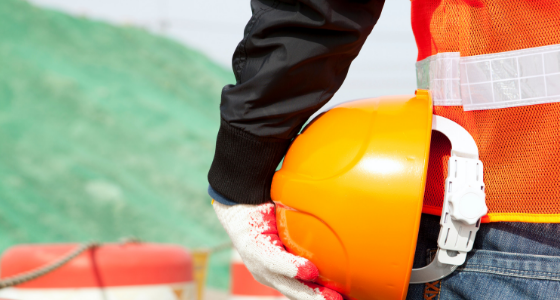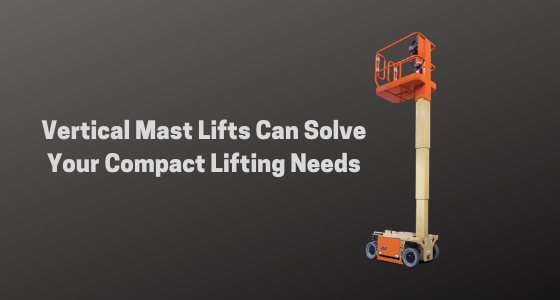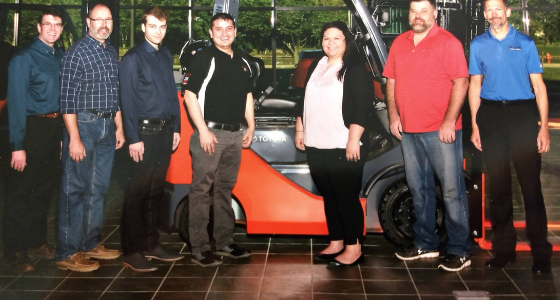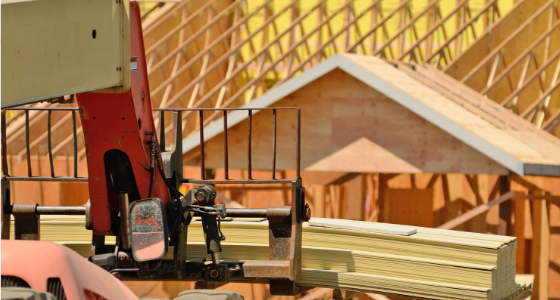
The Benefits of Proximity Alarms
What are proximity alarms? Proximity alarms are sensors that allow equipment operators to detect people...

What are proximity alarms? Proximity alarms are sensors that allow equipment operators to detect people...

What are vertical mast lifts? These lifts provide a solution for high-reach access in narrow/tight...

Hugg & Hall Equipment Company (Hugg & Hall) parts professionals, Michael Cooper and Josh Napier,...

Batteries are essential to keeping machines running smoothly and running (period). To keep your mobile...

Safety should be the most important priority on any job site and equipment should be...